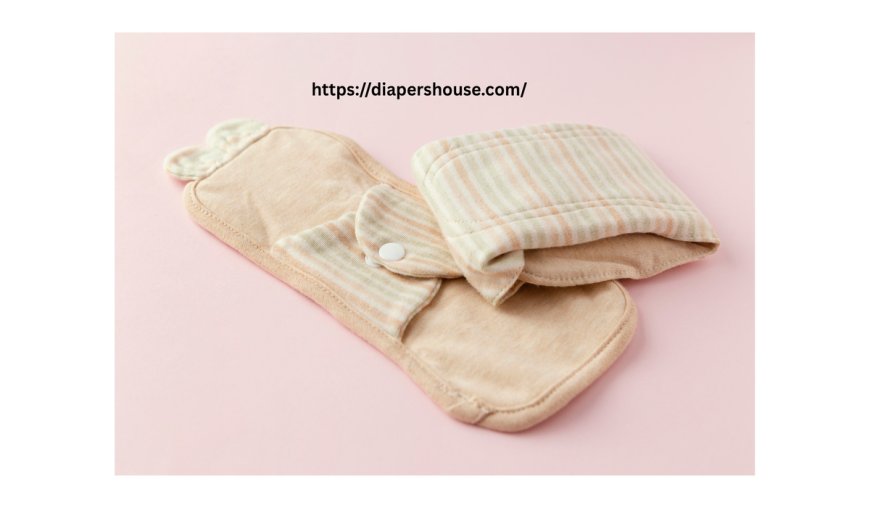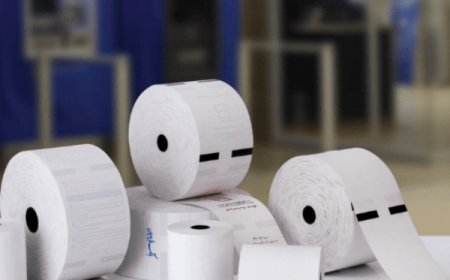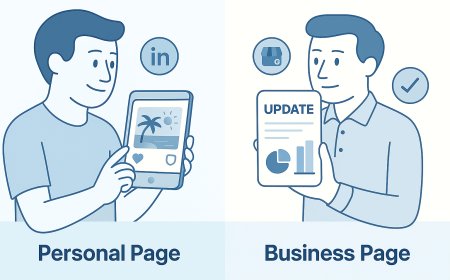Everything You Need to Know About Pocket Diapers
A pocket diaper is a reusable cloth diaper featuring a waterproof cover and a built-in pocket to hold absorbent inserts. It’s eco-friendly, cost-saving, and adjustable for your baby’s comfort.

Modern parents are becoming more conscious of both their babys comfort and the planets well-being. Thats where pocket diapers come ina smart, reusable solution thats both economical and eco-conscious. If you're considering cloth diapering, this guide will walk you through the essentials of pocket diapers: what they are, how they work, their benefits, and how to use and care for them.
1. What Exactly Is a Pocket Diaper?
A pocket diaper is a type of cloth diaper with a unique two-part design: an outer waterproof shell and an inner lining with an opening or "pocket." This pocket holds one or more absorbent inserts to soak up moisture and keep your baby dry.
Key Features:
-
Waterproof exterior made from PUL (polyurethane laminate)
-
Inner stay-dry lining (usually fleece or suedecloth)
-
Insert pocket for absorbent pads
This design allows you to control absorbency and makes washing and drying easier compared to other cloth diaper options.
2. How Pocket Diapers Work
Pocket diapers are simple to use and adaptable for daily routines. Heres how they function:
-
Stuff the insert into the diapers pocket opening.
-
Put the diaper on your baby, fastening the snaps or Velcro.
-
Change it when it's soiled or wet.
-
Remove the insert before washing the diaper.
-
Wash, dry, and reuse for multiple cycles.
Since the absorbent layer is removable, pocket diapers dry faster than other cloth diapers like all-in-ones.
3. Why Choose Pocket Diapers?
There are plenty of reasons parents are making the switch to pocket diapers. Here are the top advantages:
3.1 Budget-Friendly
Although the initial cost is more than disposables, reusable pocket diapers can save you hundreds over time.
3.2 Less Waste
Using cloth diapers means significantly less garbage going into landfillsbetter for the earth and future generations.
3.3 Adjustable Absorbency
You can layer inserts for daytime or nighttime use, depending on your babys needs.
3.4 Baby-Friendly Materials
Soft fabrics keep your baby dry and help reduce diaper rashes and skin irritation.
3.5 Fun and Functional Designs
Available in many prints and patterns, pocket diapers let you add a bit of personality to diaper time.
4. Choosing the Right Inserts for Pocket Diapers
The insert you use inside the diaper makes a big difference in performance. Here are popular options:
4.1 Microfiber Inserts
-
Quick to absorb
-
Must be placed inside the pocket only (can irritate babys skin)
4.2 Bamboo Inserts
-
Highly absorbent and thin.
-
Great for heavy wetters
4.3 Cotton Inserts
-
Affordable and natural
-
Good balance of absorbency and softness
4.4 Hemp Inserts
-
Very absorbent, best for overnight
-
Absorbs slowly, often used with a faster insert like microfiber
Many parents use a mix of these to get the right combination of absorbency and dryness.
5. Cleaning and Caring for Pocket Diapers
Maintaining pocket diapers is easier than many people think. A good wash routine helps them last for years.
How to Wash Pocket Diapers:
-
Remove solids (use liners or rinse with water).
-
Take out inserts before placing in laundry.
-
Pre-rinse in cold water to loosen residue.
-
Main wash with warm water and a cloth diaper-safe detergent.
-
Dry on a line or tumble dry on low heat.
Avoid bleach, fabric softeners, and dryer sheetsthey can reduce absorbency and damage fabrics.
6. How Many Pocket Diapers Do You Need?
Your babys age and how often you plan to wash diapers will determine how many you need.
General Recommendation:
-
Newborns: 1012 diapers per day
-
Infants (36 months): 810 per day
-
Older babies: 68 per day
For a complete stash, aim for 2030 pocket diapers, especially if you plan to wash every 23 days.
Keywords: diaper stash size, how many diapers, cloth diaper quantity, diaper planning
7. What to Look for When Buying Pocket Diapers
Not all pocket diapers are created equal. Heres what to consider when shopping:
-
Size adjustability (many offer one-size fits most)
-
Snaps or Velcro for a secure fit
-
Insert quality (choose natural fibers for better absorbency)
-
Double leg gussets to prevent leaks
-
Ease of use and cleaning
Brands like Mama Koala, Noras Nursery, and AlvaBaby are known for combining affordability with good quality.
Keywords: best pocket diaper, top cloth diaper brands, features of pocket diapers
8. Misconceptions About Pocket Diapers
Lets clear up a few common myths:
8.1 "They're too hard to use."
Modern cloth diapers are designed to be just as user-friendly as disposables.
8.2 "Cloth diapers always leak."
Leaks usually result from incorrect fit or improper insert usenot the diaper itself.
8.3 "Theyre not sanitary."
With proper washing, cloth diapers are completely hygienic and safe for your baby.
Conclusion
Pocket diapers are a smart and sustainable alternative to disposable diapers. With their customizable absorbency, baby-safe materials, and reusable design, theyre both practical and environmentally responsible. Whether you're looking to save money or reduce waste, pocket diapers offer a reliable, easy-to-use solution for any parent.
Making the switch might take a little learning at first, but once you get the hang of it, youll find pocket diapers are a simple and rewarding choice for your family and the planet.







































